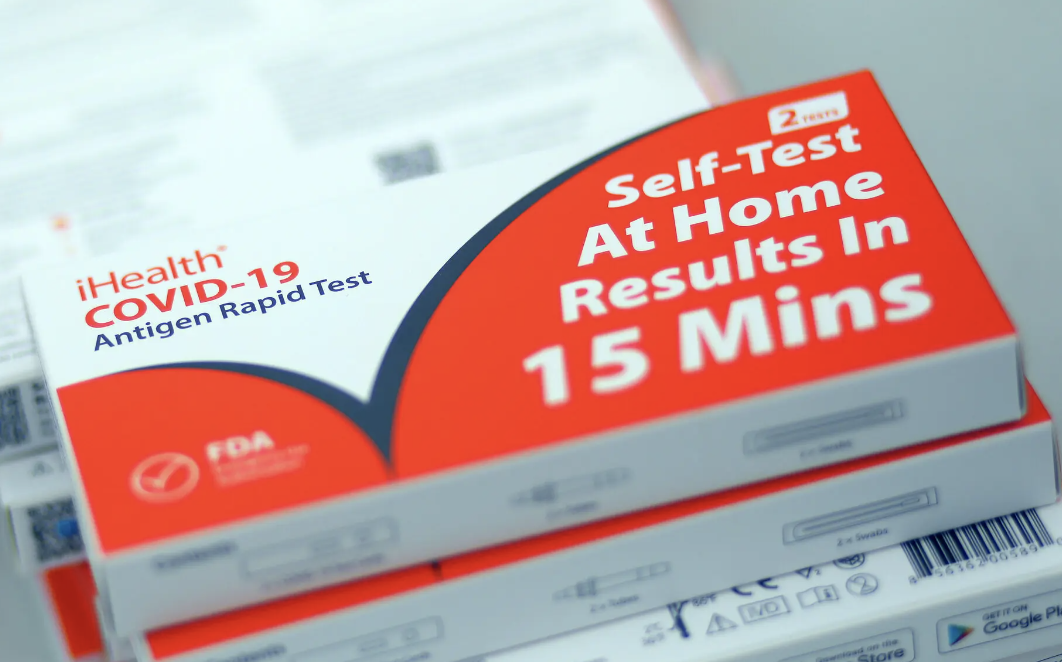NYT As Covid cases rise, at-home tests are a critical tool to keep yourself and others safe. Here are answers to a few common questions about when and how to use them.
Since the public health emergency expired, lab P.C.R. tests — the gold standard for detecting Covid-19 — have become more expensive and less accessible for many people. That largely leaves us with at-home rapid tests. As cases climb in some areas and reinfections crop up, here’s a refresher on how to use the tests most effectively.
Do expired tests still work?
Before you rip open a test that has been in your medicine cabinet since 2020, check the expiration date. If the test has expired, you can’t always trust the result.
“I don’t think it’s like having an old Ibuprofen or something,” said Dr. Marc Sala, co-director of the Northwestern Medicine Comprehensive Covid-19 Center. “I think you really need to take that seriously.”
That said, the Food and Drug Administration has extended the expiration dates for certain brands of tests. You can check a test by finding the lot number (typically found right by the expiration date) and cross-referencing it at this F.D.A. website.
Can heat damage at-home tests?
Extreme heat can mess with tests. According to the F.D.A., at-home tests work best when you use them in an environment that’s between roughly 59 to 86 degrees Fahrenheit. If a test is delivered to you on a sweltering day, for example, the agency recommends bringing the package inside and waiting at least two hours before opening it. And always make sure the control line — which typically appears next to the “C” — shows up when you use a rapid test; otherwise, the test may be damaged or faulty.
